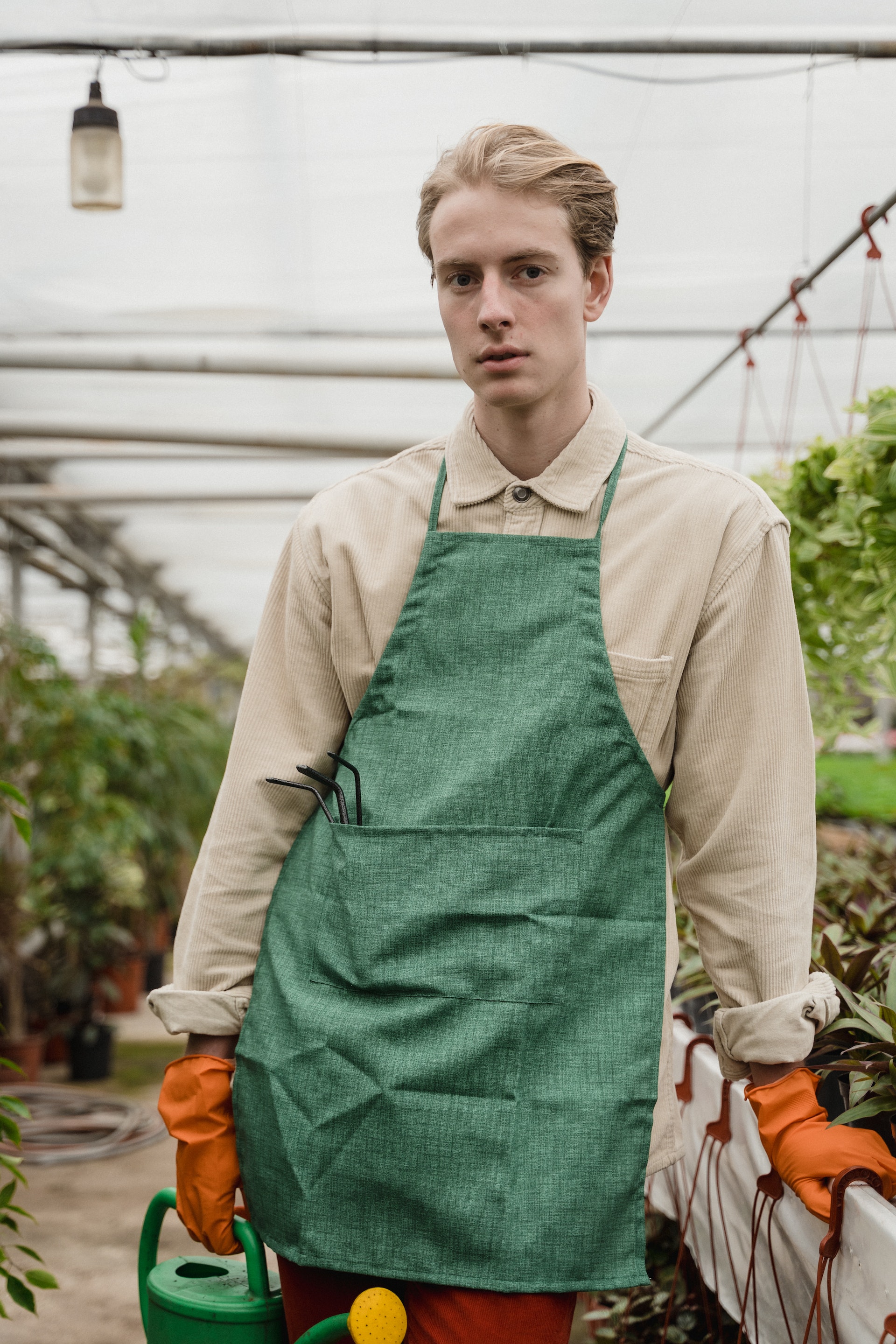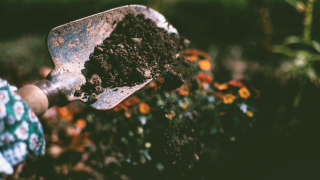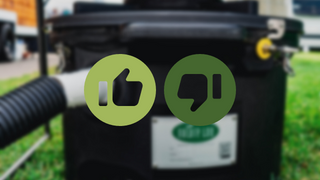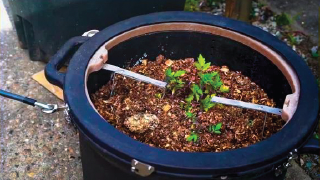 Everyone knows that composting toilets are better for the environment, use less water and help to keep waste out of our waterways and oceans, and many of our customers feel a sense of pride and dare we say excitement when they install their composting toilet for the first time and start using it.
Everyone knows that composting toilets are better for the environment, use less water and help to keep waste out of our waterways and oceans, and many of our customers feel a sense of pride and dare we say excitement when they install their composting toilet for the first time and start using it.
Many of our customers spend a huge amount of time researching composting toilets, the pros and cons and if it’s the right solution for their house, business or site. There’s a huge amount of thought and consideration that goes into making sure you get the right model and size for your requirements, but what about when your first batch of Humanure is ready to be extracted from your composting toilet? What happens then?
It's time to begin reaping the benefits of composting your waste, so let us look at the safety precautions, you should take when handling Humanure.
Safety precautions you should take when handling compost from a composting toilet
As with everything in life, there’s always going to be rules surrounding how you use a product or service and composting toilets are no different. These rules aren’t hard and fast and we understand that not everyone is going to follow them, but it’s important to note that whilst composting toilets – when used correctly, will break down all the harmful pathogens in human waste, there’s still a very small chance if the composting toilet is used incorrectly that harmful pathogens may still be present in the compost pile, so safety is always a good idea when handling composting toilet humus or compost.
Impacts on the health of your compost pile
The overall health of your compost pile will also be regulated by the temperature of the compost. Like your every-day garden-variety compost pile, a composting toilet needs heat to generate the thermophilic composting process that uses aerobic respiration to break down all the organic material and human waste. If your composting pile doesn’t generate this heat (because of cold weather, too much moisture, the wrong materials being added, etc) there’s a chance it won’t get above the 37°C needed to kill off most harmful pathogens.
If in doubt about your compost pile, always err on the side of caution and follow the safety procedure below.
Safety for your skin
When shovelling or handling compost from a composting toilet it’s important to make sure your hands and skin are protected. Always:-
- Wear a long-sleeved shirt
- Wear rubber or latex gloves
- Wear closed in shoes or gumboots (not thongs)
It’s always better to cover your skin with protective clothing and gloves than to risk getting any potential nasties into any cuts or lesions on your skin.
Safety for your airway
When you’re dealing with compost from your composting toilet it’s likely you’re going to get small dust particles in the air. You want to avoid breathing in this dust as much as possible so a simple dust mask will help keep your airways clear of dust, particles or any other elements in the air that might make their way into your airways and lungs.
Wash your hands
After you’ve been handling Humanure you should always wash your hands thoroughly along with scrubbing under your fingernails to ensure that any compost that may have found its way under there is removed.
Wash your clothes
After handing the humus form your composting toilet it’s a good idea to wash the clothes you had on when shovelling and using the compost around the yard. It’s not likely that any pathogens will live for any extended period of time outside of the compost pile (particularly on a substance like fabric), but it’s better to be safe than sorry.
As you can see it’s pretty easy to remain safe when dealing with the compost from your composting toilet. If you follow the guidelines above when getting out your shovel, you and your family shouldn’t have any issues at all and will enjoy many years of use from your composting toilet.















